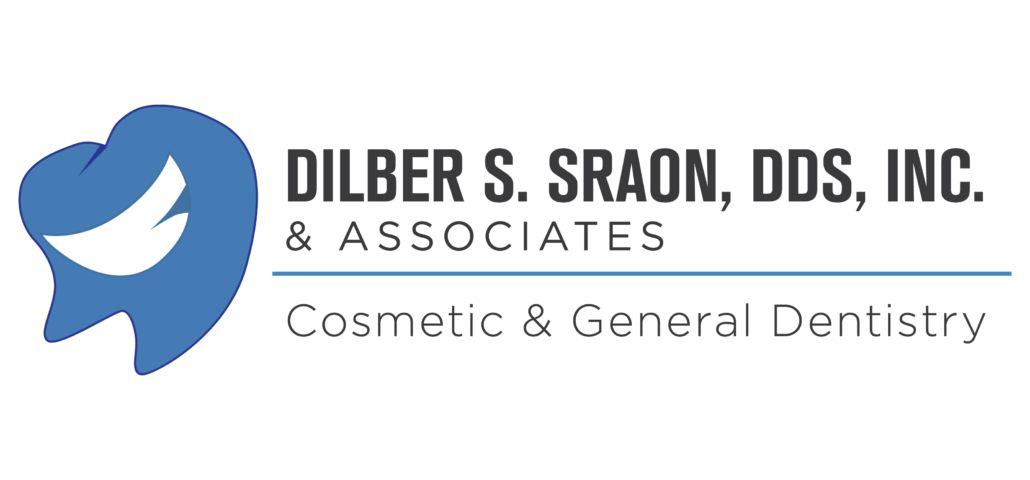Change is a part of nature: from the world around us all the way down to the intricacies of our mouths. With time and as we age, our teeth can shift. Sometimes it goes unnoticed but in other cases it must be addressed for the sake of a person’s overall health.
For adults and teenagers looking for a solution to a smile that has shifted over time—or was never cosmetically altered to begin with—Invisalign has become an exceedingly popular solution. Invisalign aligners are a desirable alternative to traditional metal braces because they are sleek, easy to wear, and, as the name implies, nearly invisible.
Wondering if you’re a good candidate? Invisalign is geared towards moderate cases, like gapped or crowded teeth and mild overbites. In order to determine if a patient is a good candidate, we’ll schedule a consultation to gather photographs of your teeth and face, a digital scan of your teeth using an iTero scanner, and a collection of digital x-rays.
Following the consultation, we’ll send the information and images to Invisalign with detailed instructions for how we want your teeth to be moved. Then, we’ll use advanced 3D computer imaging technology to create a complete treatment plan from the initial position of your teeth to their final desired position.
Once the plan is in place, it takes about 4-5 weeks for the aligners to arrive, and then the straightening process can begin.
Each set of Invisalign aligners is designed to be worn for 1-2 weeks at a time for about 22 hours a day, moving the teeth in small increments to eventually match each aligner until eventually they’ve reached their final position.
In order for the process to work as intended, it’s crucial that the aligners are worn consistently, but also that they stay clean. To prevent bacteria build up, you’ll need to take your aligners out to eat and to drink anything other than water. They should also be removed to brush and floss thoroughly twice a day, cleaning the aligner with a toothbrush at the same time.
A similar tool to use to keep teeth in place is a night guard. Night guards can be used following straightening treatment to keep your teeth from moving, but they have many other benefits as well.
A night guard is a structured plastic device that’s molded to your teeth and gums that prevents your top and bottom teeth from making contact. Wearing a night guard while you sleep minimizes the negative effects of grinding teeth, clenching teeth, and putting stress on your jaw which can cause headaches and worse.
In addition to headaches and soreness that can last all day and interrupt your sleeping patterns, grinding and clenching can cause costly and long-lasting damage to your teeth like chipping, spacing, cracking, excessive wear, and compromised fillings.
Night guards relieve your jaw of unnecessary stress and protect the enamel on your teeth from erosion. If not addressed, erosion could cause the unprotected layers of your teeth to be exposed and cause extreme pain and discomfort. By keeping your top and bottom teeth from touching during the night, a night guard will help avoid severe damage that could lead to the loss of teeth and require expensive repairs.
If you are aware that you tend to grind your teeth at night, you may already know that you have bruxism. Bruxism is a condition in which you grind, gnash, or clench your teeth both at night (sleep bruxism) and in the daytime (awake bruxism). Sleeping with a custom night guard will decrease the stress and destructiveness caused by clenching and grinding that come with bruxism.
Keeping your teeth intact by wearing a night guard will also maintain the attractiveness of your smile and ultimately boost your self esteem. A healthy smile is one of the first things that people notice in others, so keeping yours aligned and chip-free will give you the confidence you need to go about your personal and professional life with your head up and your pearly whites on display.
On top of alleviating discomfort, wearing a night guard can help relax your jaw by guiding it to a comfortable resting position. A relaxed jaw will make it easier to fall asleep, stay asleep, and breathe easily which in turn will help your partner sleep soundly as well.
If you think you might be a candidate for Invisalign or a custom night guard, give us a call to set up an appointment. We typically recommend a lower night guard with metal framework because wearing a night guard on your lower teeth tends to make speaking and functioning easier on a day-to-day and night-to-night basis.
We look forward to helping you create and maintain a beautiful smile, and to keep your teeth, gums, and mouth protected from the harms of grinding and clenching. Call us today to learn more and get started!
